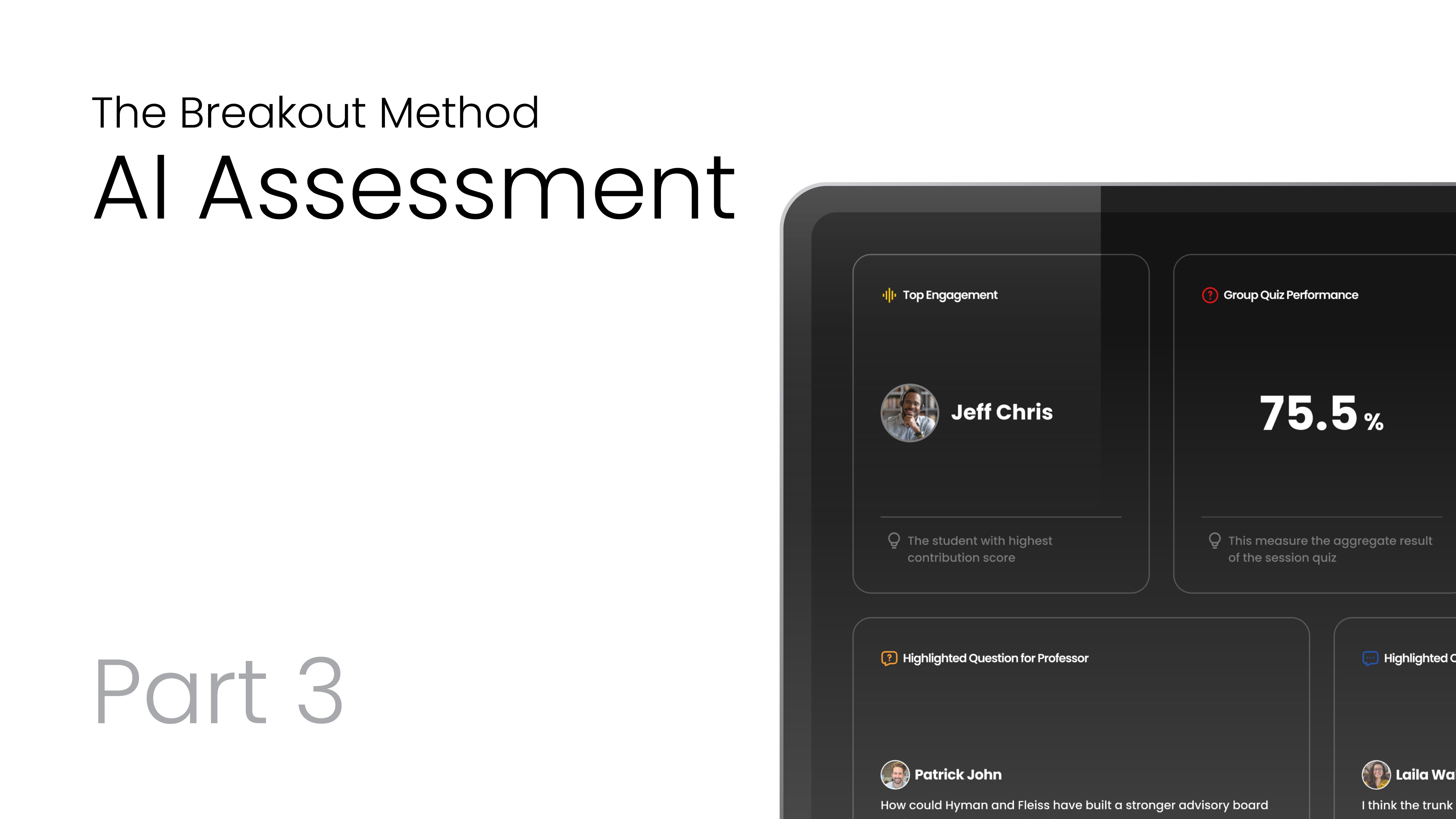

Disruption is generally seen as threatening, and educators are no exception in viewing AI as a threat. They worry about cheating and the disintermediation of the instructor role. Teacher organizations are now engaging in an arms race, using AI-powered tools to catch and deter students who cheat with AI.
But here’s the thing: AI is already transforming education, and the arms race against AI will be wasteful and futile. This type of “us vs. them” mentality will only encourage people to defeat the AI inspection software, rather than support them in becoming brilliant synthesizers of information. Why not, instead, harness this revolutionary technology to empower instructors and inspire students?
In school, as in the modern workforce, creativity is key to producing value — this is what our schools should be focused on. They should be using the newfound power of AI to develop students who can synthesize what they have learned and apply that knowledge to new situations. But instead, too many institutions are stuck in old patterns.
The Rules Have Changed
Educators are reacting to the challenges they are observing from too close a vantage point. While it is true that AI is a huge new element added to the field of play, it is also true, and less obvious, that the rules of the game have changed. We should be focused on how to integrate these new rules to create a better game for all.
Can we continue to use writing assignments to measure the synthesis capability of all students? Probably not. The most telling recent statistic to support the need for change is not the widespread student use of ChatGPT on assignments. Instead, it’s that 75% of students using it believe it's cheating, yet they continue to use it.
Certainly, the students are cheating themselves — but many educators are also culpable. Students are using ChatGPT because 1) it’s easy, and 2) the assignments are not engaging enough to compel active participation. When students had few alternatives, they could more easily be coerced to do the work. But writing an essay and then waiting days or weeks for feedback is simply not a great learning experience.
Professors are being confronted by the harsh reality that their toolboxes have gotten smaller. They have lost one of their key tools for assessing students’ understanding of the material being taught. This is not all bad news, however. Few educators love to read a stack of essays. In fact, there are probably more students who like to write essays than educators who like to read piles of them.
While AI has exposed these flaws in our educational system, it also holds the key to unlocking an even better solution. We now have alternatives to standard teaching methods that can authentically assess a student’s synthesis of information. AI can empower educators to use a very old way to develop and assess learning — it can help build critical-thinking skills through live debate.
Elevating Discussion and Transforming Education
AI can reintroduce active, discussion-based learning into our classrooms, a pedagogical approach proven to be highly effective. A 2014 meta-study analyzed over 225 separate studies and confirmed that active, discussion-based learning benefits students across the board.
Sadly, instructors don’t scale and as class sizes have increased in our institutions over the past century it has been impossible to manage, monitor and measure discussions with consistency. As such, they haven’t been used broadly for learning assessment. Consider how even at business schools, where the case study method is used to prepare students for real-world challenges and instructors famously cold call students to share their opinions as they would be on-the-job, those instructors can’t assess students thoroughly on their discussion abilities. Lecture halls are so large and “air time” is so scarce, that instructors rely on case writeups for assessments (and like elsewhere, AI has compromised the effectiveness of such writing assignments).
But now imagine a new approach to case studies for today’s times. Instead of using PDFs to explain a business case, new technologies can create rich, multimedia experiences that place students into key decision-making scenarios. This taps into the preferences of Gen Z, which, by 83%, prefers learning via multimedia than by static reading.
Then, instead of doing those traditional case writeups as homework, the immersive scenarios can tee up engaging online small-group discussions that are moderated and graded by AI.
Today, with transcription, automation, and AI, we can closely monitor student discussions and evaluate them against predefined learning objectives. We can create an environment where educators can oversee many more small groups than would be humanly possible without technology.
This unlocks the promise of small-group discussions and frees educators to focus on actual classroom teaching, instead of drowning in a sea of papers to be graded. Moreover, the data from those discussions provides insights from students and their commentary that instructors can seamlessly incorporate into classroom discussions, enhancing their engagement.
AI Can Rehumanize Education
Perhaps ironically, AI has the potential to rehumanize education. It can rekindle the spark of curiosity, the thrill of exploration, and the power of meaningful conversations. It can empower educators to guide students on the journey of discovery they've always aspired to facilitate. In fact, Dr. Dan Nathanson at UCLA Anderson School of Management, who is using the new model for business case studies described above, reported that the portion of his class allocated to discussion went 30 minutes longer than normal because so many students were engaged.
The promise of AI in education isn't a distant, sterile future where students are reduced to data points and teachers become obsolete. It's a future where education is more human, more engaging, and more effective. It's a future where students eagerly anticipate discussions and debates, where educators lead them on a path of intellectual discovery, and where technology serves as a powerful tool to enhance the human experience of learning. The future is bright, and it's not about replacing humans with machines. It's about empowering humans with machines to create a more dynamic, interactive, and personalized education system for all.
Joshua Oster-Morris, co-founder and CTO of Breakout Learning, began writing software at the age of six and has been at the forefront of most technological revolutions for the past 40 years. His efforts have spanned various disciplines, from 1990s software development, to the implementation of recurrent neural networks for natural language processing in the 2010s, to recent work in IoT gadgets and genomic data search methods.
Up next


The Breakout Method: Part 3 – AI Assessment
This video describes the third and final step in Breakout Learning's methodology.

Immersive Content Sets the Stage for Learning Engagement
In the ever-evolving landscape of education, one thing remains clear: students today crave an engaging and immersive learning experience. Static textbooks, with their dry pages and uninspiring prose, are increasingly being left behind in favor of more...

